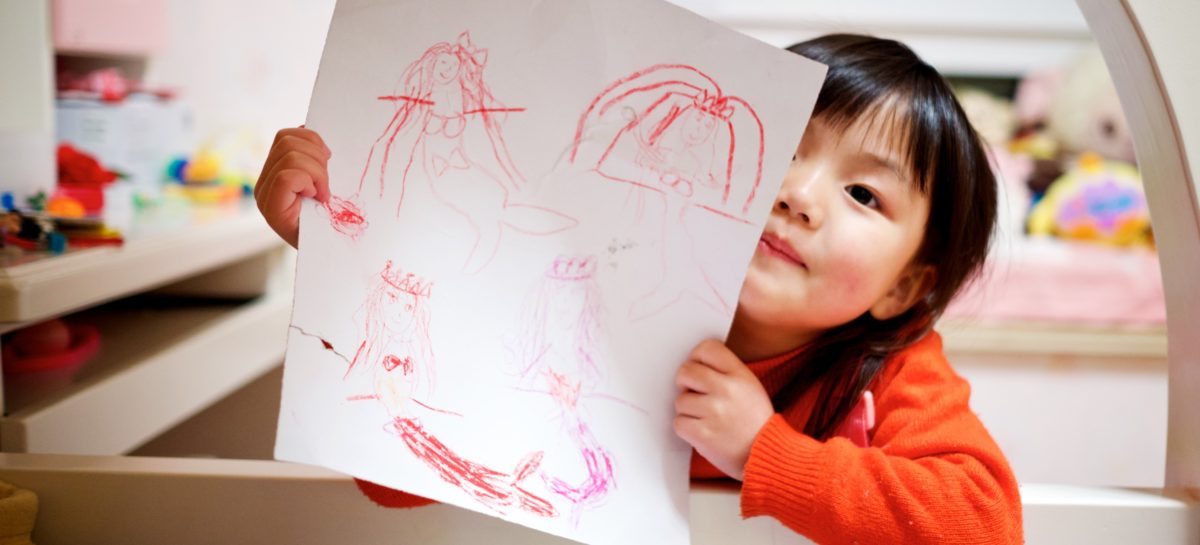At Little Talks Autism Consulting, we provide support to autistic children and their families using a range of evidence-based practices. Our wish is for every child that we work with to live a rich and fulfilling life. It is our job to help families provide the early foundations for their neurodivergent children to thrive.
Meeting Autistic Children’s Needs
To set the stage for autistic children to thrive and learn, we need to meet a range of needs:
- SAFETY. No child is able to learn unless they feel safe and secure. If a child is stressed or worried, then they will find it difficult to focus on other things.
- RELATIONSHIPS. When autistic children develop positive and trusting relationships with others, they can learn naturally through their everyday interactions. Strong relationships with caregivers are particularly important during childhood.
- LOVE AND ACCEPTANCE. Every autistic child needs to feel loved and accepted for who they are. When a child is under pressure to mask or hide their autistic traits, then they may experience sadness, anxiety, and shame. When these feelings happen a lot, this has a negative impact on the developing brain.
- COMMUNICATION. Children on the spectrum need to be able to communicate with the important people in their lives. They need to be given the tools to share their wants, needs, and interests with others. This reduces feelings of isolation and stress, and increases feelings of confidence and being connected to others.
- ROUTINE. Autistic people often struggle to make predictions about what others are thinking and what others will do. When routines and clear plans are in place, it is easier to predict what will happen next. This means lower levels of anxiety, and more brain space available for learning and playing!
- BOUNDARIES. All kids need their caregivers to be clear and consistent about what is allowed and what is not allowed. Autistic kids in particular will thrive best when rules and expectations are made clear to them. When boundaries at home are unclear and inconsistent, young children and their caregivers can become stuck in a cycle of daily stress. Persistent high levels of stress have a negative impact on child development.
- JOY. All children have the capacity to learn in a self-directed way through the things which bring them joy. Often autistic children engage in highly repetitive joyful play. This helps them to develop skills and regulate their minds and bodies. When adults find ways to join in joyful activities with autistic children, incredible strong bonds can develop.
- ENVIRONMENT. Environmental factors such as sounds and smells can have a big impact on an autistic child. Overstimulation and understimulation both affect the child’s ability to focus and learn.
We consider the above factors for every child we work with. This is because we know that the brain develops best when a child feels safe, secure, connected and accepted.
Support Models and Teaching Tools
There are many different teaching tools and programmes which are available to support children on the autism spectrum. In our experience, there is no ‘one size fits all’ programme which works for every child. Instead, we need to start by asking what each individual child needs.
Due to our broad knowledge of autism research, we are able to create highly effective, individualised support packages for each of the children and families we work with. We aim high for each child, and we love to watch their confidence grow.
There are a range of evidence-based practices and models which we draw from when providing support to autistic children and their families. Below are some examples:
- SCERTS: This is an educational framework designed to support children on the autism spectrum. It focuses on communication and emotional regulation. Development is nurtured with the help of supportive relationships, adjustments to the environment, and autism-friendly learning supports.
- Early Start Denver Model (ESDM): The ESDM curriculum covers skills across many early areas of development. These include communication, social interaction, motor skills, and self-help skills. The ESDM approach involves play-based learning.
- Augmentative and Alternative Communication (AAC): AAC methods include a range of different tools for supporting communication. These include signing, communication pictures, and speech-generating devices.
- Natural Language Acquisition (NLA) Framework: Many children on the spectrum learn language in a “top down” way. This means that they start by using chunks of language before they understand the meaning of individual words. The NLA framework helps identify developmentally appropriate supports for children who learn language in this way.
- Respectful Parenting: This approach is all about the relationship between caregivers and children. The caregivers give clear boundaries while also validating feelings. This allows children to feel safe and secure. It also helps children to develop their emotional regulation skills.
- Modelling: Early childhood development involves a lot of observing and copying. Children on the spectrum need us to find ways to capture their interest and show them ways of communicating and completing tasks. Recording videos and acting things out in imaginary play can both be fun ways to promote watching/listening and copying.
- Functional Communication Training (FCT): This involves taking steps to understand why a child is engaging in a tricky behaviour like hitting or kicking. Once we know what a child is trying to communicate, we can then teach them to get their message across in a safer and healthier way.
- Task Analysis: This is an approach to teaching new skills that involves breaking a task into a series of smaller teachable steps.
- Social Stories: These are individualised stories used to help a child understand a particular situation or event. Children on the autism spectrum often need some extra help to know what to expect, and to know what others expect of them.
- Visual Supports: Visuals can be very useful to help autistic children to understand what will happen and make choices about what they would like to happen. Visual plans and step-by-step guides can also help kids to complete tasks independently.



